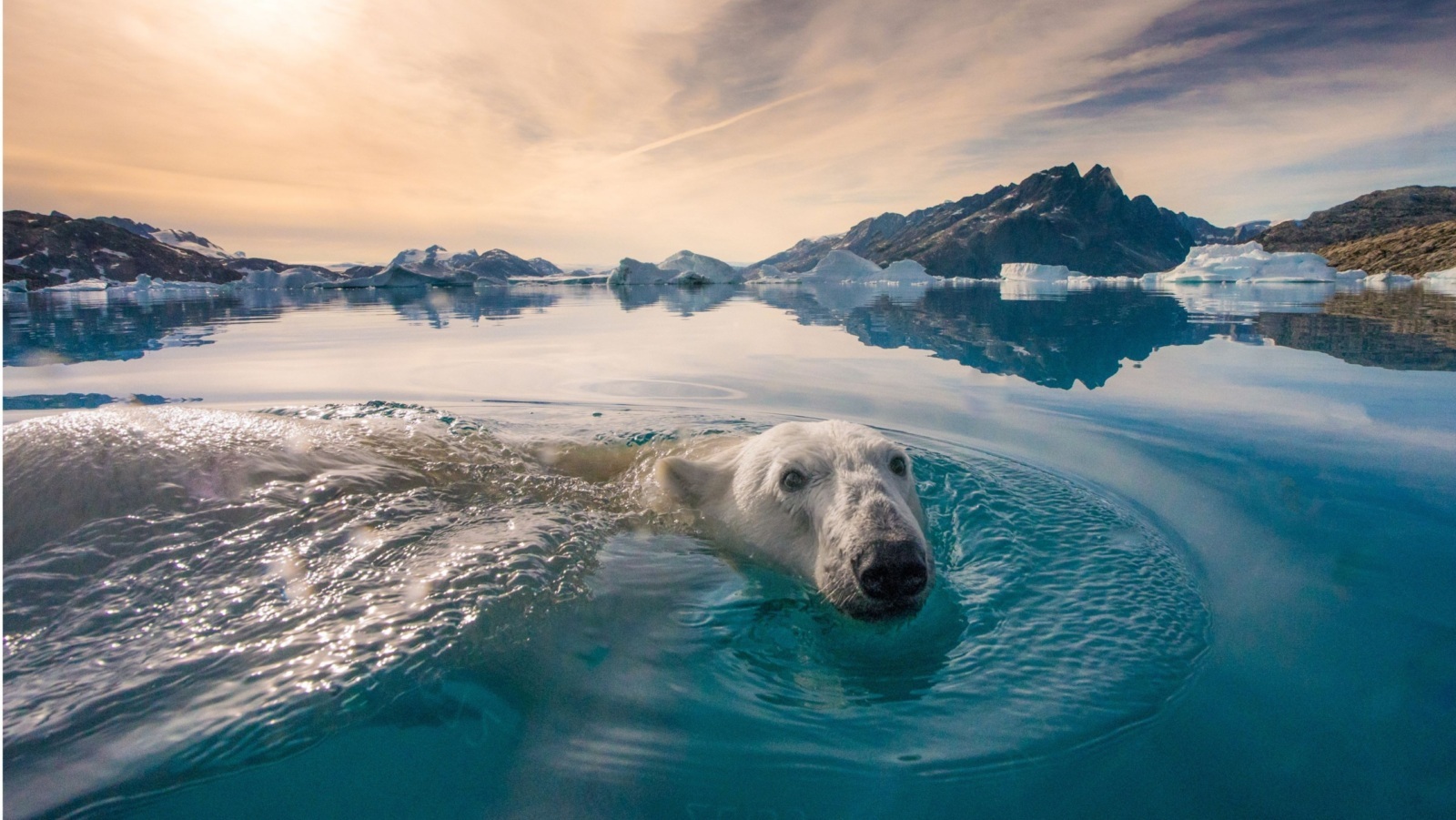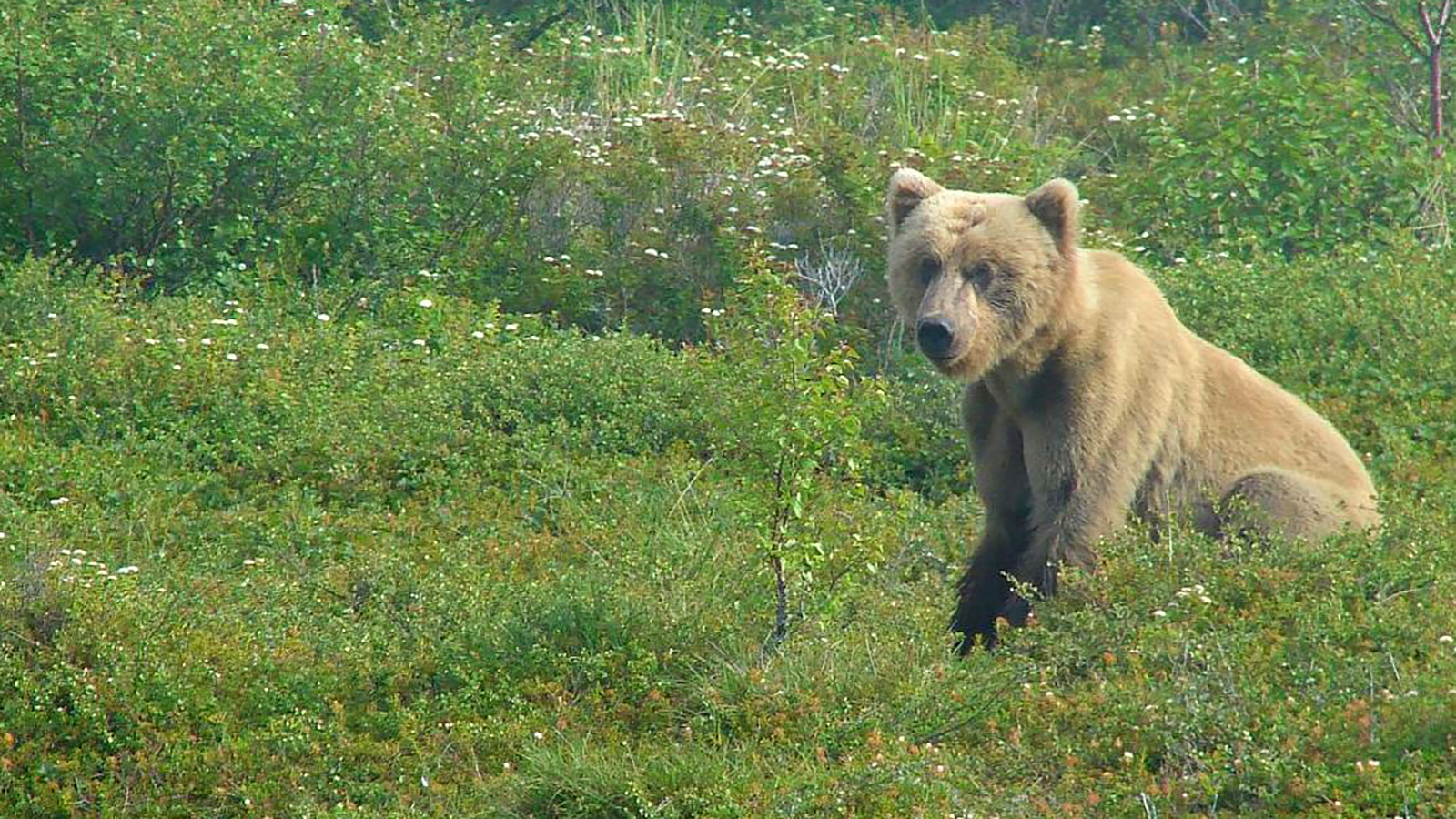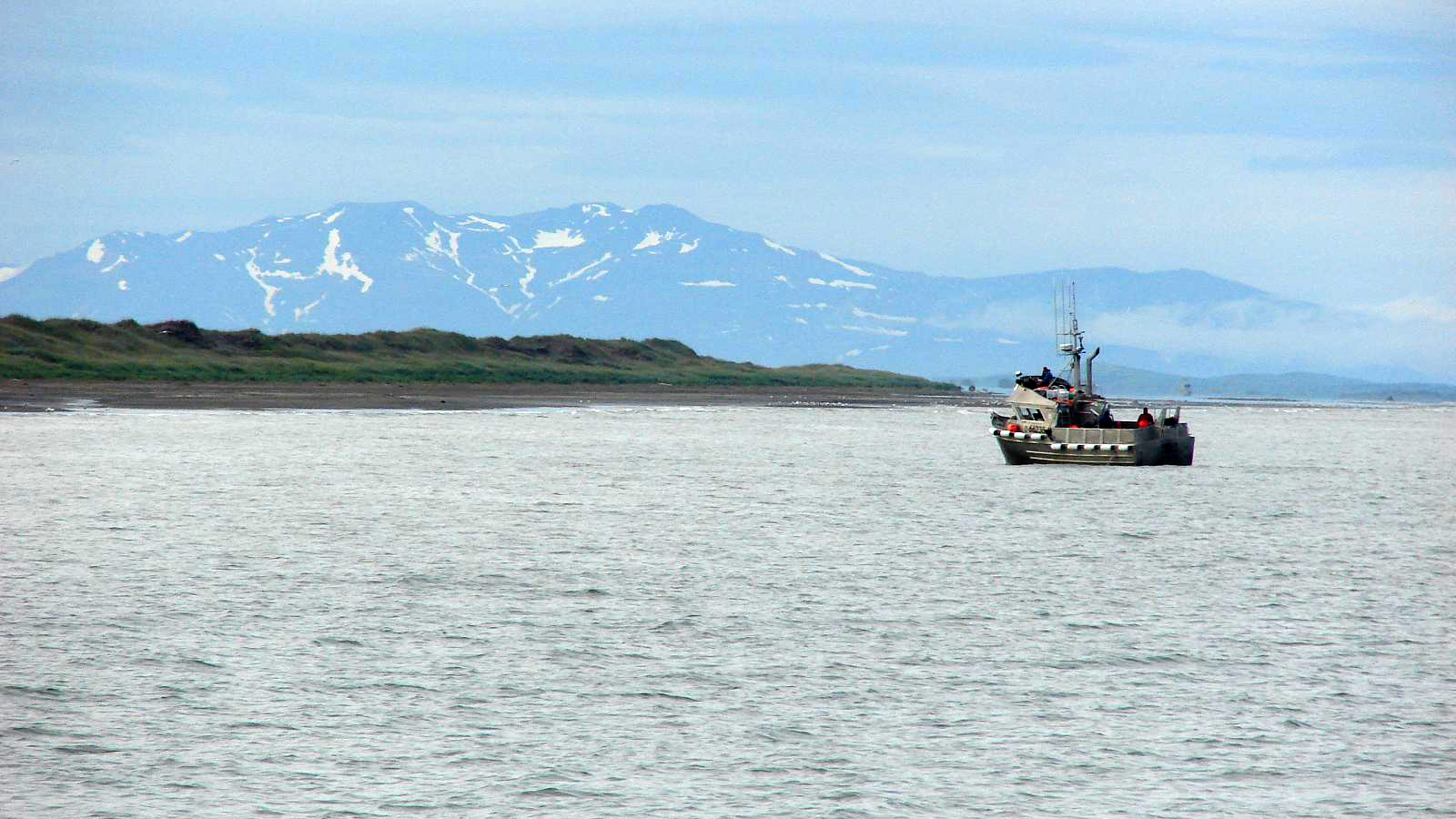
10 reasons why Bristol Bay deserves protection
Alaska’s Bristol Bay is an ecological treasure. Here are 10 reasons why it deserves to be protected.
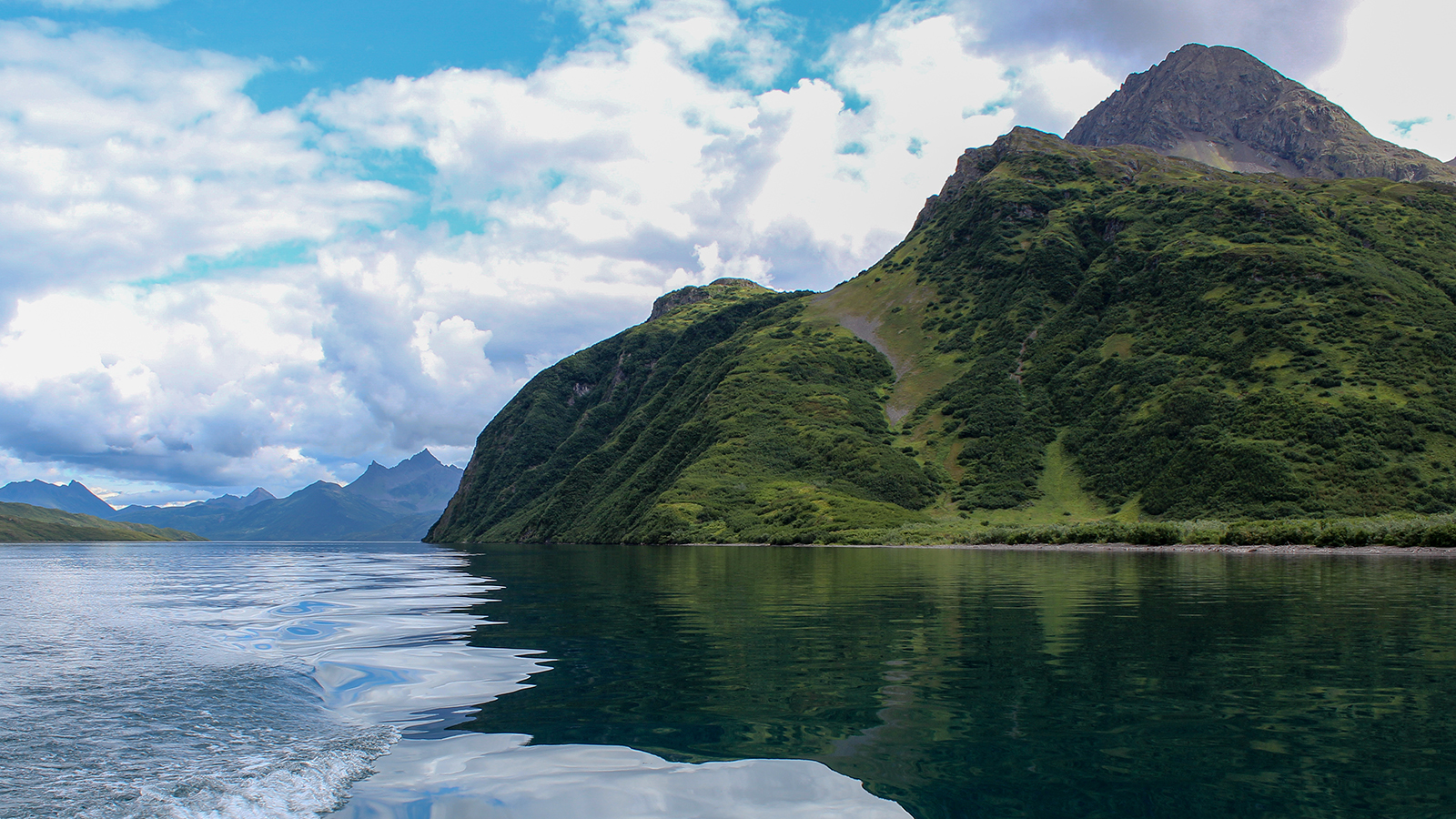
Bristol Bay in southwest Alaska is a wild and special place, home to one of the last great salmon runs in the world and so much more. It’s the last place we should build the largest open-pit mine in North America — and fortunately, the Biden administration agrees.
On Jan. 31, the Environmental Protection Agency (EPA) moved to ban the disposal of mine waste in certain Bristol Bay headwaters, effectively blocking the proposed Pebble Mine from moving forward. For more than two decades, local communities and environmental advocacy groups have been working to keep Pebble Mine, a proposed toxic open-pit mine the size of Manhattan, from being dug on the doorstep of Bristol Bay. This determination from the EPA is a long-awaited win for the entire Bristol Bay region.
Here are 10 reasons why Bristol Bay deserves protection:
1. Bristol Bay is bigger than the bay itself
The Bristol Bay watershed extends across more than 40,000 square miles of wild forests, mountains, tundra, wetlands and rivers. Its fragile ecosystem depends on the health and quality of this pristine watershed — especially the Nushagak and Kvichak rivers, the largest of Bristol Bay’s six major river basins.
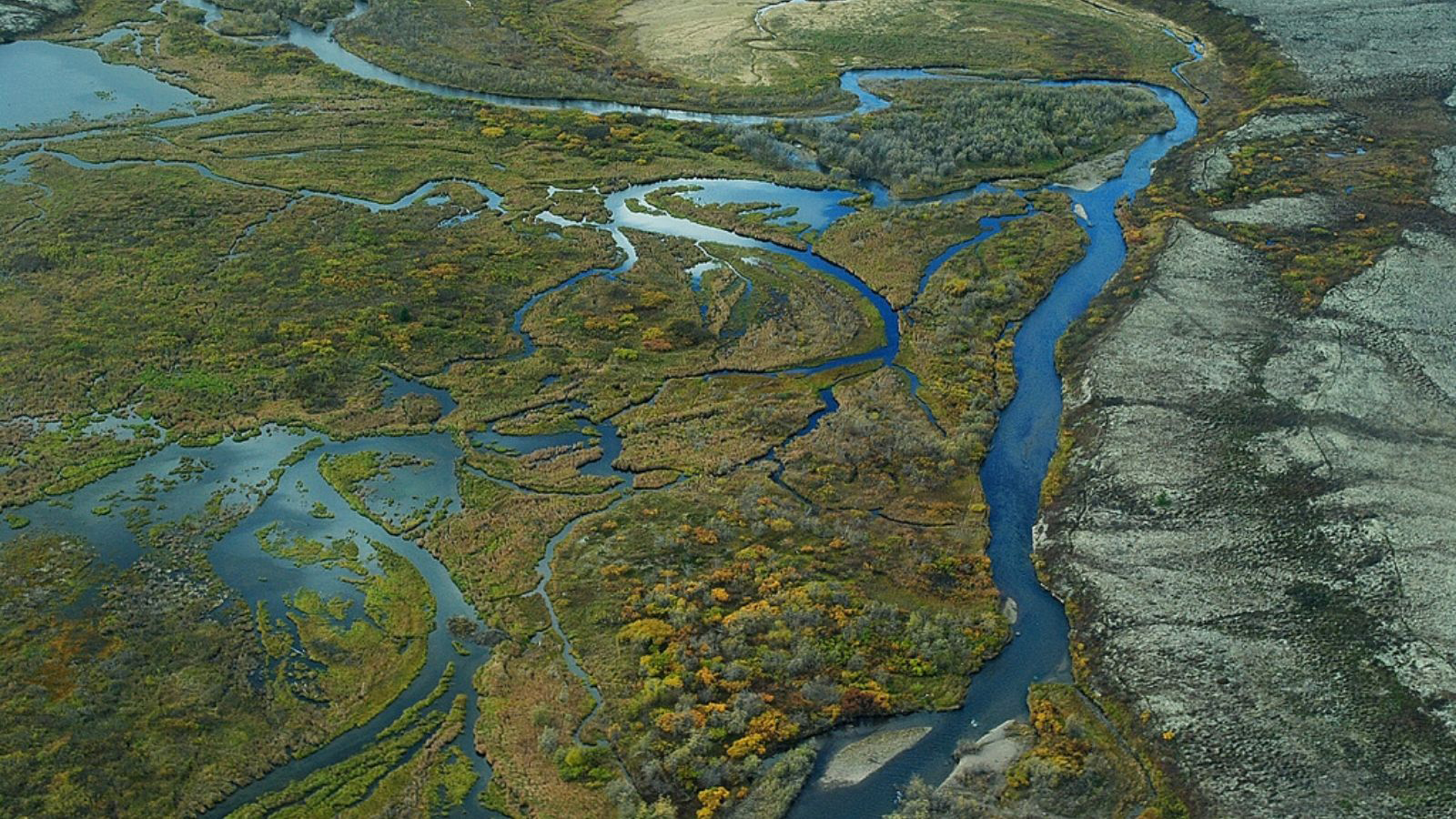
2. It’s one of the last truly wild places on Earth
Humans have yet to leave much of a mark on Bristol Bay. With a small population, virtually no roads into or out of the region, and no logging, mining or invasive species, Bristol Bay is still truly wild.
3. It’s home to the world’s largest sockeye salmon fishery
If you’ve heard anything about Bristol Bay, you’ve likely heard about its salmon. They’re a keystone species in this rich, diverse wetland ecosystem. More than 37 million sockeye salmon visit Bristol Bay’s pristine waters each year to spawn, and the watershed supports all five species of Pacific salmon found in North America: sockeye, coho, Chinook, chum and pink.
These fish are completely wild — no hatchery fish are raised or released in the watershed.
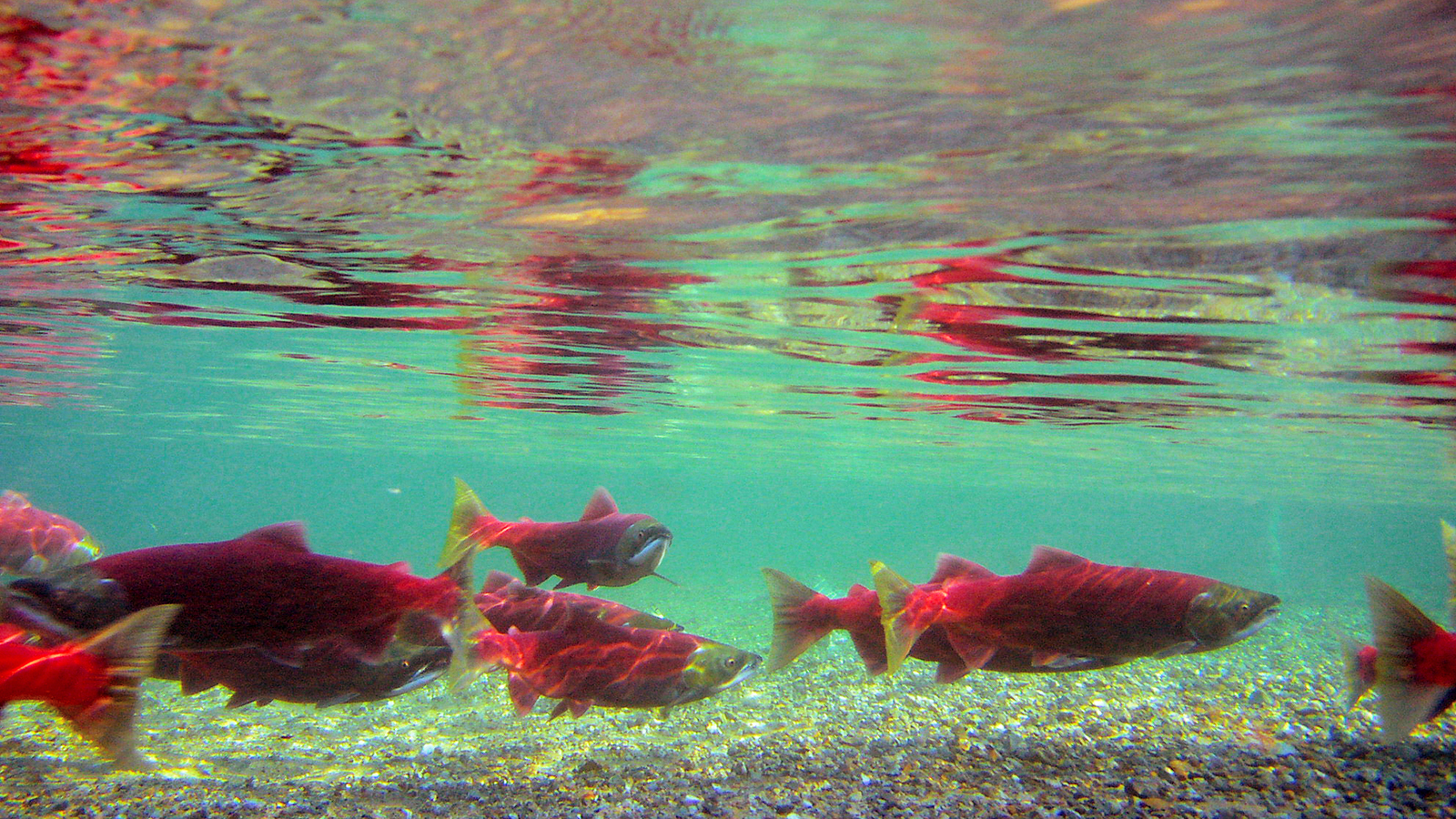
4. It’s also home to hundreds of other species, including birds…
Bristol Bay provides habitat to more than 190 bird species, including tufted puffins, red-throated loons and bald eagles. Many of these birds rely on the plentiful salmon for their supper, and the region serves as an important rest stop for many of the world’s migratory bird species.
5. …and mammals…
The Bristol Bay watershed also provides habitat to more than 40 species of land animals, including brown bears, wolves and moose. About a third of Alaska’s population of 30,000 brown bears live in the Bristol Bay and Alaska Peninsula area (including in neighboring Katmai National Park), where they spend their days noshing on salmon.
6. …and threatened and endangered species
Threatened species such as the Steller’s eider and endangered species including the North Pacific Right whale cling to survival in the waters around Bristol Bay. With fewer than 50 North Pacific Right whales left in Alaskan waters, a protected, unpolluted habitat is essential if they are to recover.
7. Bristol Bay supplies nearly half of America’s wild-caught seafood
Its pristine and vibrant ecosystem makes Bristol Bay one of the world’s most valuable fisheries, providing 40% of America’s seafood. It also supports up to $2 billion in commercial fishing every year as well as a thriving sports fishing industry, and many people in the area rely on it for traditional subsistence fishing.
8. Pebble Mine would have ruined everything that makes Bristol Bay special
The proposed Pebble Mine would be built right at the headwaters of the Nushagak and Kvichak rivers (remember these? They’re the largest of Bristol Bay’s six river basins). The EPA concluded in 2014 that Pebble Mine would lead to the “complete loss” of the bay’s fish habitat if built. Losing the salmon would set off a devastating domino effect, impacting the birds, bears and more that call Bristol Bay home.
9. Environmentalists, Alaska Native tribes, commercial fishers and more opposed Pebble Mine
People who know and love Bristol Bay have been calling to stop Pebble Mine for more than two decades.
When the EPA announced a public comment period last summer on its draft recommendation to ban mine waste from certain Bristol Bay headwaters, we seized the opportunity. A coalition of environmental advocacy groups (including Environment America and Alaska Environment), Alaska Native tribes, commercial fishers, restaurants, anglers and outdoors stores submitted more than half a million public comments — helping to win this important victory.
10. We need more nature, not less
We live in a world of incredible material abundance, but we’re running short on nature.
We need more mountaintops where we can see nothing but forest below, more rivers that flow wild and free. We need more wildlife in our world, from the grizzly on the ridgeline to the bee in our garden, from the wolf in the forest to the butterfly in our backyard. That’s why we’re working to protect our public lands from exploitation and development, save America’s remaining wildlife, and defend our oceans from drilling, plastic pollution and other threats. Learn more about our Conservation program.
Thank you for reading. Now, we have a small favor to ask.
We stand up for the environment, and it’s people like you who make it all possible. Our staff research the issues, educate the public, and win tangible results for a greener future. Our members put grassroots support behind our research and advocacy.
Your support can make a difference. As threats to the planet grow, our work becomes more important every day. Every contribution powers our research, fuels our advocacy, and sustains our future.
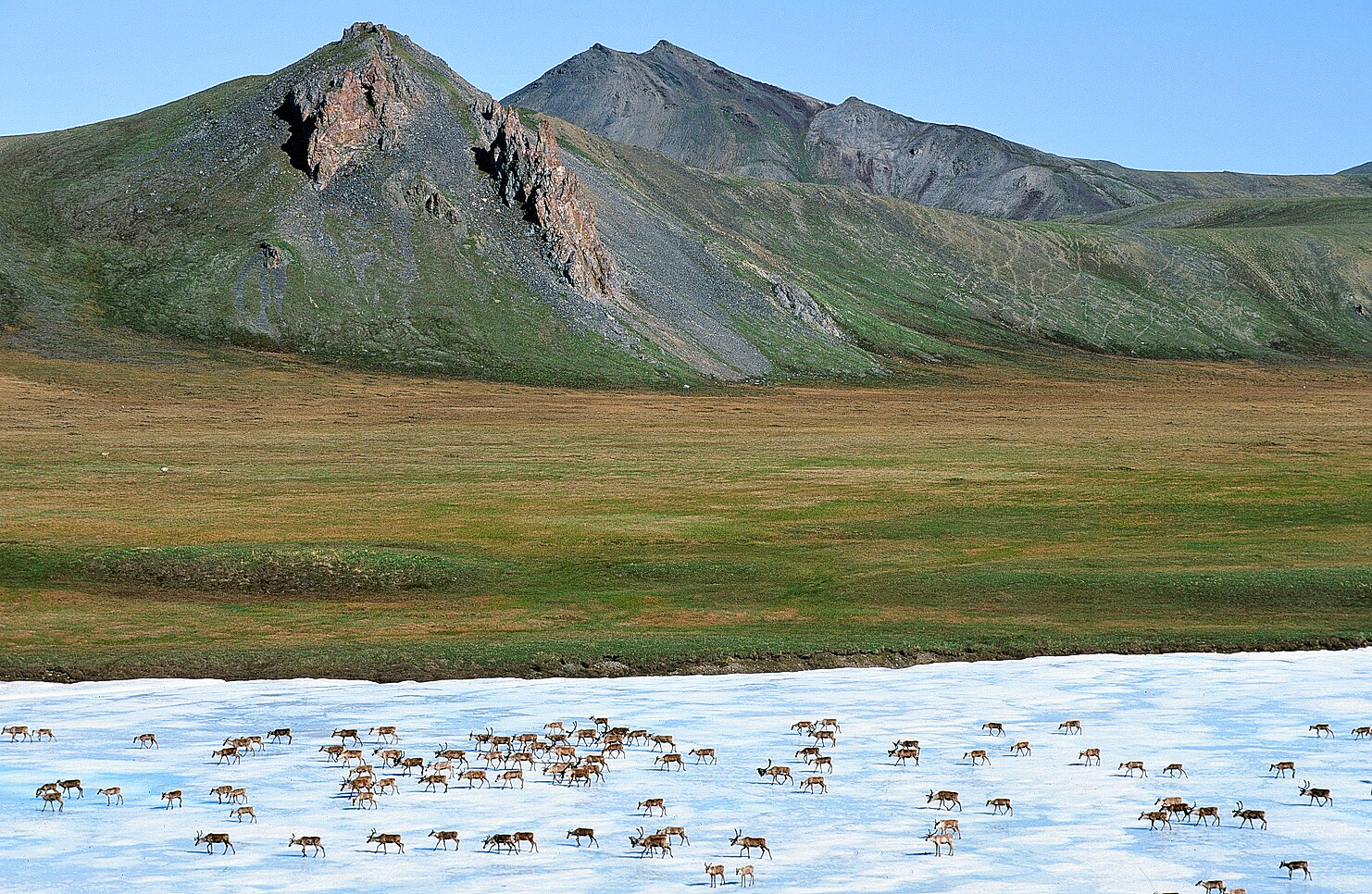
Tell ConocoPhillips: Stop this proposed Arctic drilling project before it’s too late
ConocoPhillips' proposed Willow Master Development Project is the single largest oil extraction project proposed on federal lands. Add your name to stop this harmful drilling project before it spoils the Arctic forever.
Topics
Authors
Ellen Montgomery
Director, Public Lands Campaign, Environment America
Ellen runs campaigns to protect America's beautiful places, from local beachfronts to remote mountain peaks. Prior to her current role, Ellen worked as the organizing director for Environment America’s Climate Defenders campaign. Ellen lives in Denver, where she likes to hike in Colorado's mountains.
Dyani Chapman
State Director, Alaska Environment Action
Dyani is the state director of Alaska Environment and runs campaigns to promote clean air and water, open spaces, and a livable climate in Alaska. She lives in Anchorage and loves to hike, ski and hang out with her family.
Find Out More
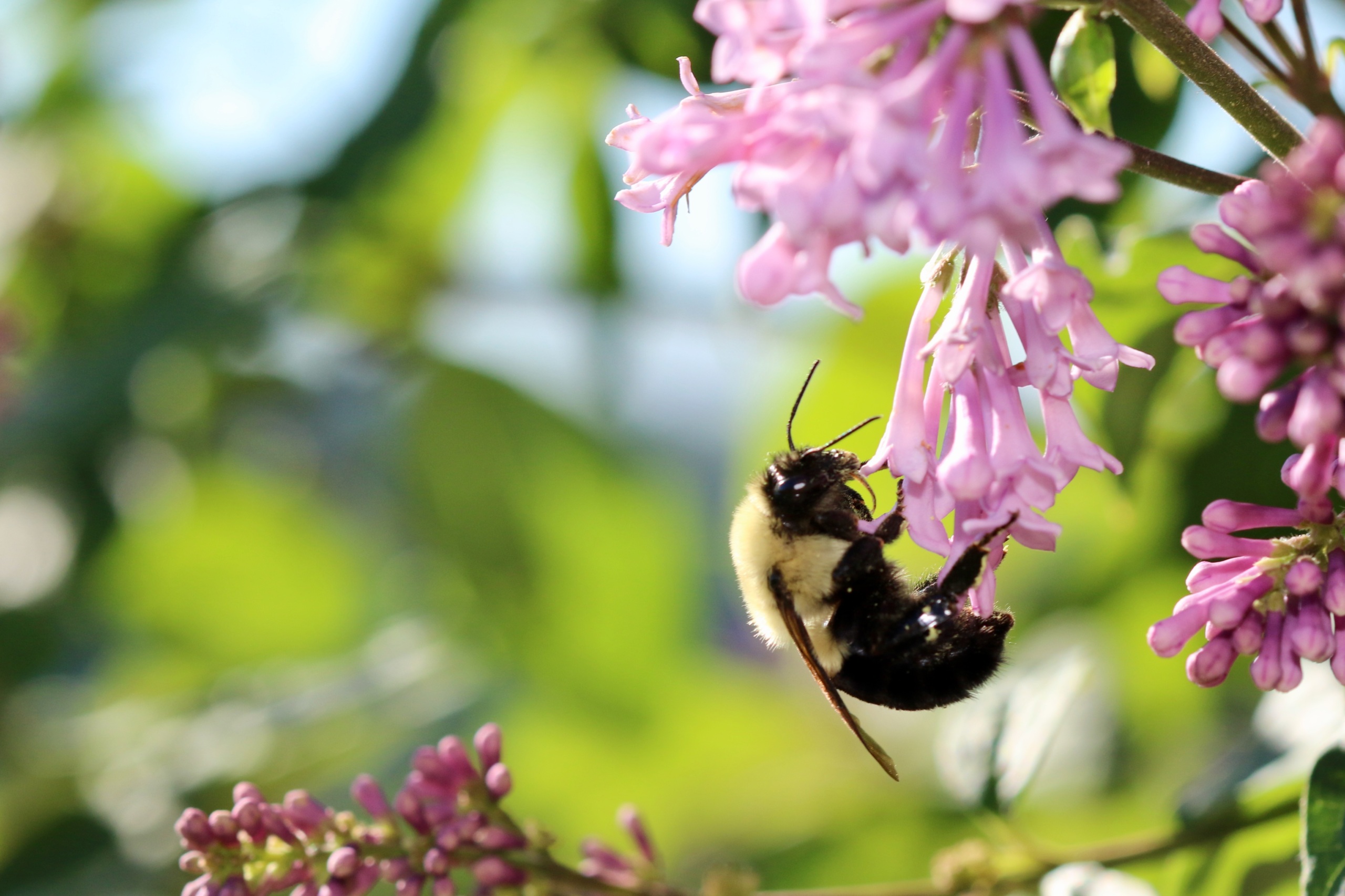
Why we should save the bees, especially the wild bees who need our help most
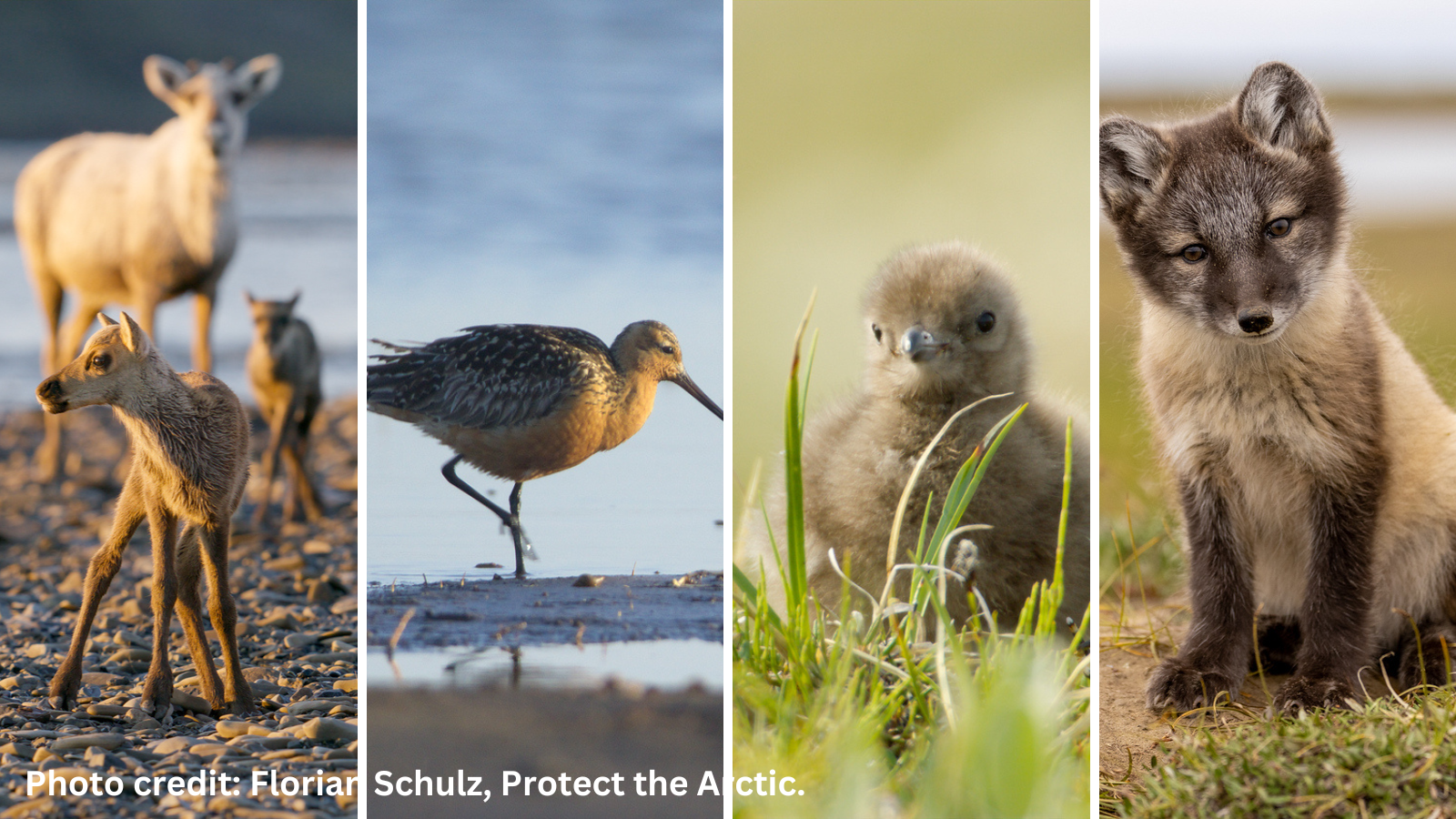
Why Alaska’s NPR-A, site of the Willow Project, deserves protection

Bank of America said it would stop financing drilling in the Arctic Refuge. Now it’s backtracking.
